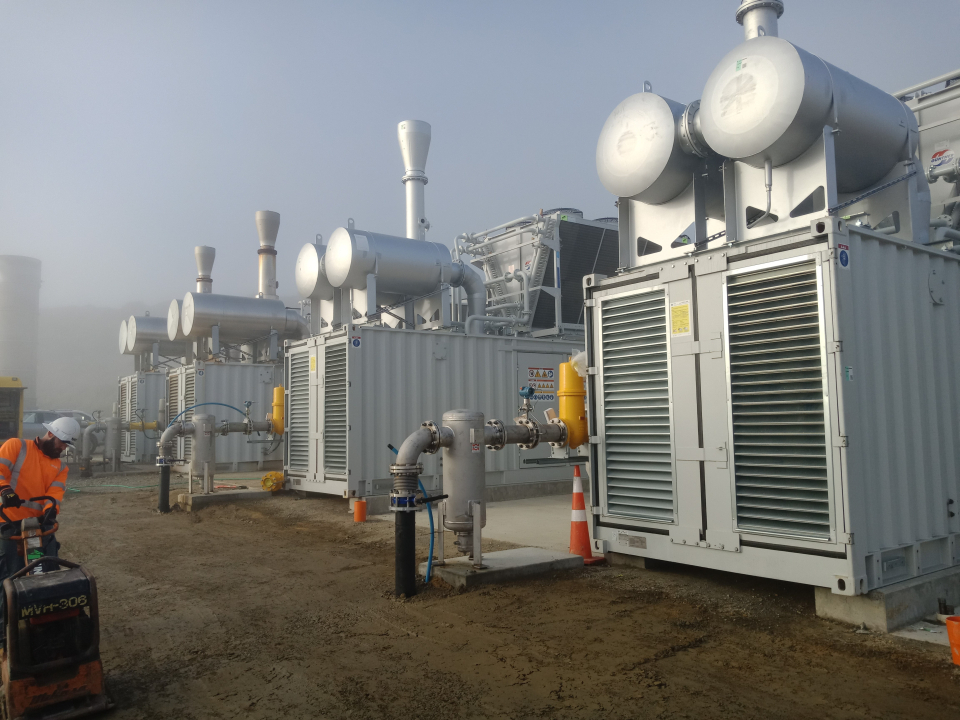Organic waste and landfills
What is organic waste?
Organic waste is anything that was once living, such as:
- food
- garden and lawn clippings
- animals and animal waste
- paper
- cardboard
- timber.
Organic waste and landfills - like a big biodigester!
A biodigester is like a mechanical stomach that is fed with organic waste. The waste is broken down (decomposed) by micro-organisms (bacteria) in an oxygen-free environment. The same thing happens when organic waste is put into a landfill.
This process creates a liquid called leachate, and biogas (methane and carbon dioxide). Both of these are greenhouse gases.
- Heather’s Small Scale Biodigester – YouTube video showing how a small home biodigester works.
- Landfills for the future – Blog with information and comments on modern landfills as energy producing facilities.
- A Modern Landfill – enlargement of the diagram in the above blog. Shows a similar system to Kate Valley Landfill.
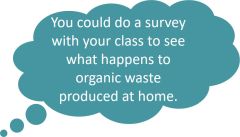
The carbon cycle
Carbon from the atmosphere gets locked up by plants and released back into the atmosphere either quickly or slowly. Methane is one of the carriers of carbon from organic material to the atmosphere so it’s part of the natural carbon cycle.
Carbon naturally moves from one part of the Earth to another through the carbon cycle. However, human activity is adding carbon to the air (in the form of carbon dioxide and methane) faster than it can be removed. This is causing the earth to warm and the climate to change.
This diagram of the carbon cycle shows how carbon moves between the air, oceans, ground and living things:
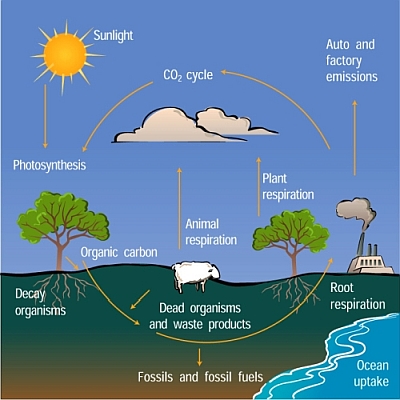
Greenhouses gases and the greenhouse effect
Greenhouse gases are found naturally in the air and keep our Earth warm enough to support life. They include water vapour, CO2, methane and some others.
The Earth gets energy from the Sun in the form of sunlight and heats up. When the Earth cools down it gives off a different form of energy called infrared radiation. Greenhouse gases in the air hold on to some of this radiation, which makes the air warmer - a bit like a greenhouse.
Planets without greenhouse gases get very hot when the sun shines on them but very cold at night time.
The Earth needs some greenhouse gases to trap heat but if these gases increase too much the air will keep getting warmer.
There are different types of greenhouse gases. Carbon dioxide is the greenhouse gas you hear people talk about the most. That is because we produce more carbon dioxide than any other greenhouse gas and it causes most of the warming.
Greenhouse gases come from all sorts of everyday activities, such as:
- heating our homes
- driving cars and trucks.
The graph below shows the main greenhouse gases:

Methane
Another important greenhouse gas is methane (CH4). Methane is made when organic matter rots. You might think landfills make a lot of methane - and they do!
Methane is an interesting (but bad) gas:
- It is more harmful than carbon dioxide as a greenhouse gas.
- It can kill you if you breathe it.
- It is very explosive.
Methane is also valuable because it has lots of energy. At Kate Valley the methane is collected through a network of pipes. The pipes take this gas to large generators that make electricity.
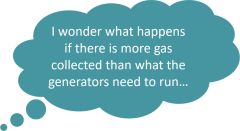
Closing the loop
Kate Valley Landfill controls the gas that comes from organic waste. Not only does it stop harm to the air, it also makes electricity from the gas.
The electricity created by organic waste at the landfill is being used to fuel new electric vehicles that collect waste - how cool is that!
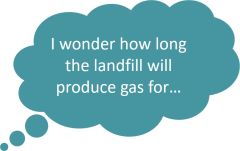
- For more on electric vehicles, watch these Waste Management videos called Our First Electric Waste Truck hits the Road and Powering into the Future.





